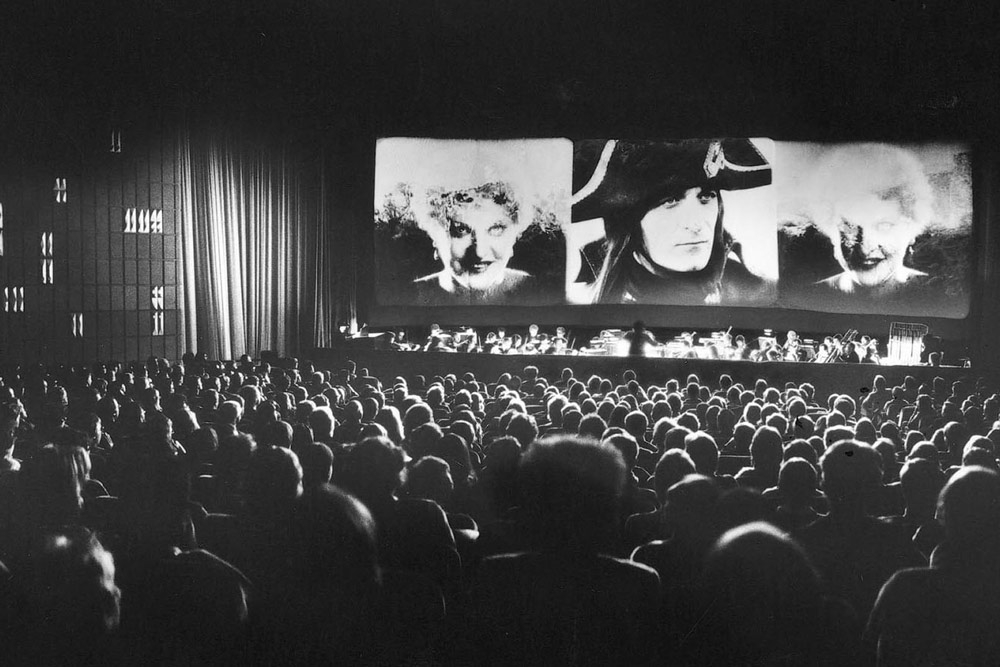
Càmara Obscura, the Beginnings of Cinema
#history
Cinema is the result of a scientific evolution and that already comes from Aristotle with the invention of what is known as the camera obscura. In his words:
“Light is passed through a small hole made in a room closed on all sides. On the wall opposite the hole, the image of what is in front of it will be formed”
The camera obscura is, therefore, the first predecessor of photography and, consequently, of cinema. We owe the invention of photography to a Frenchman named Niepce. Although he has often been denied his invention in favor of Daguerre, who seized the patents and took it as his own invention. But it wouldn't be until the end of the 19th century when we wouldn't see the first moving images.
His birth was the result of a combination of photography, with a series of devices and gadgets that have been called optical toys, of which we can say that is where the origins of cinema come from.
At this time it is usually known as Precine, which is delimited until 1893 . Optical toys are a series of machines that recreate images: magic lantern, traumatrope, phenakistiscope, zootrope, praxinoscope. It can be said that the conception of cinema cannot be understood without these optical illusions.
In the beginning, cinema was completely different from that of later decades, not only in technical aspects, but, and above all, in terms of audiovisual language. At the beginning of cinema, no stories are told, the films of that time have a different language, experts classify it as primitive cinema.
This primitive cinema used to consist of still images, where life passed in front of the lens of the camera, which was placed in one place and was immovable, therefore, there was no concept of montage either. This type of cinema, also called Primitive Representation Mode, begins between 1893 and 1896 and lasts until approximately 1910.
In 1888 George Eastman invented the Kodak film roll. This 35mm photographic film represents a revolution for the beginnings of cinema and will be used by both Edison in the United States and the Lumière brothers in Europe. They had the idea of adding perforations to the photographic film with a drag system attached to a projection system.
- Comments (0)
- Recommended
- Milestones
Here are your recommended items...
Here are your milestones...








